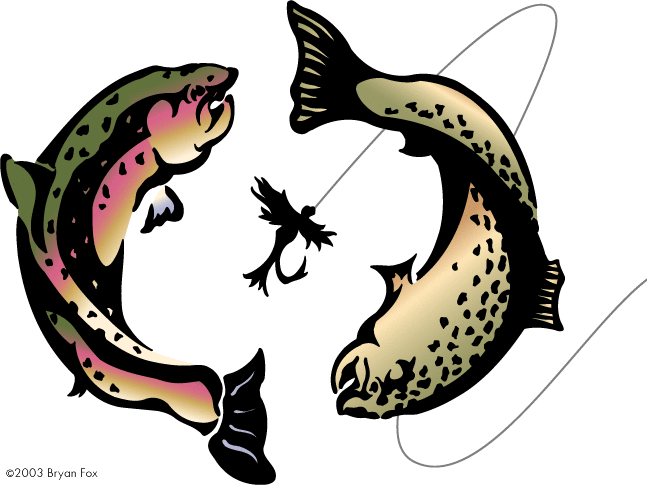Grandpa’s Favorite Fly by Matt Chapple

Each year as the end of summer approaches, when the air temperatures start to drop and the first leaves start to flutter down into the water, fond memories of fly fishing in the Adirondack foothills rise from the back of my mind. My first and of course most influential fly fishing mentor, Grandpa, loved to fly fish for brook and brown trout at many “off the beaten path” places in the Adirondack foothills. He pursued the solitude of nature as much as trout, and he was always willing to take me along.

September was his favorite time of year to fish. He loved the fall colors and brisk air temperatures and of course the lack of biting insects which swarm the woods in the spring. He wasn’t in search of a place to catch big fish or even concerned about how many fish we might be lucky enough to entice into rising to the fly. The fun was about the journey, about spending time in nature and spending a day with family or friends in a beautiful setting. He had a simple fly rod, a Horrocks-Ibbotson, made in Utica, NY, where he worked as an accountant. I still have this rod, which my father gave to me when my Grandfather passed in September 2004. It is a mere six feet long and if I had to categorize the action, I would say it casts extra slow. You really have to wait for your cast to develop. Things were simple. He used a white braided silk double taper fly line, which I also still have. Just like everything else, He had a simple collection of flies. He had certain flies for certain times of year and specific patterns for the waters he fished. He never brought more than one small fly box and the boxes where home-made using materials he found around the house.
Did you ever walk along the stream in the fall and see a honey bee, hornet, or bumble bee flying like it had been sipping on Grandpa’s flask? Perhaps on a crash course for the stream. Grandpa had one small box of flies devoted to the same pattern, which he always said was his favorite. He would bring this box along when we would fish some of his favorite steams and ponds in the late summer/early autumn. He called the flies “The McGinty.”

I have read that a fellow named, Charles McGinty conceived the McGinty in 1883. McGinty was from Chicago and may have been thinking of targeting bass when he thought of this fly. Don’t be fooled however, I have seen many trout fooled by this bee imitation. Next time you are out in the late summer or early fall, try casting the McGinty along the rivers edge near the over hanging branches and plant life and see what comes up.
Photos by Quinci Chapple
Original Recipe for “The McGinty”
Hook: dry fly 6 to 12.
Thread: Black 8/0 thread
Tail: Red Hackle Barbules.
Body: Alternating Yellow and Black Chenille.
Beard: Brown Hackle Barbules.
Wing: White Tipped Mallard Quill.
